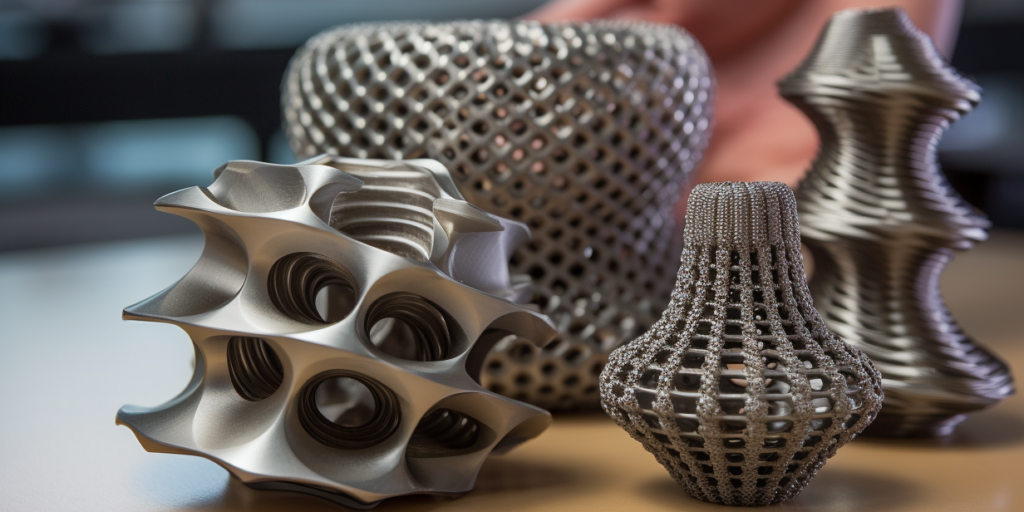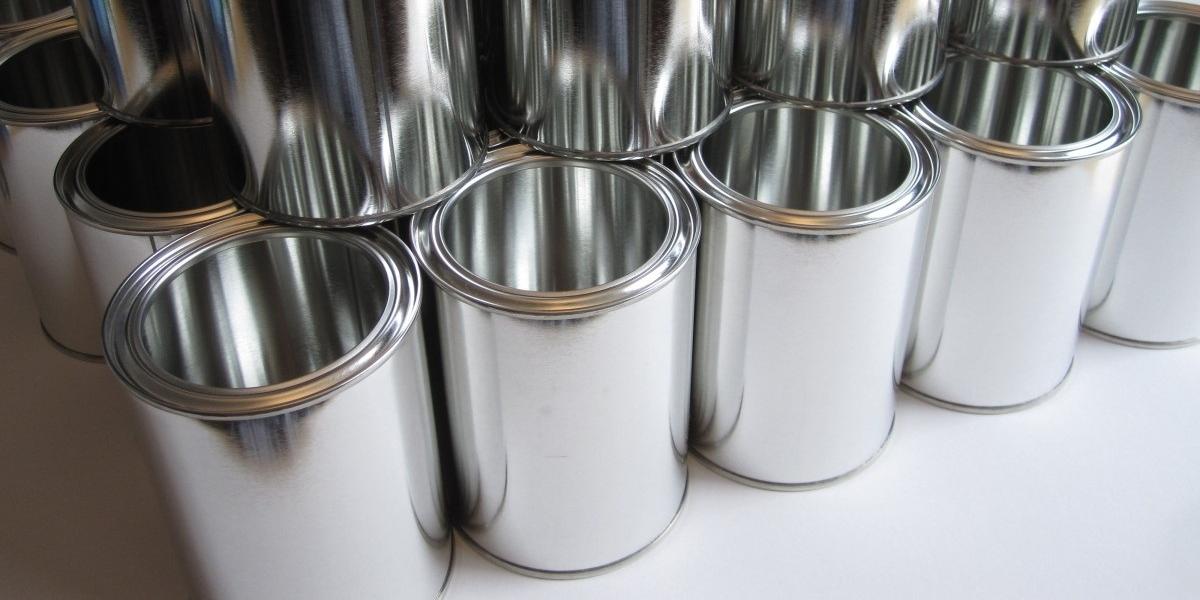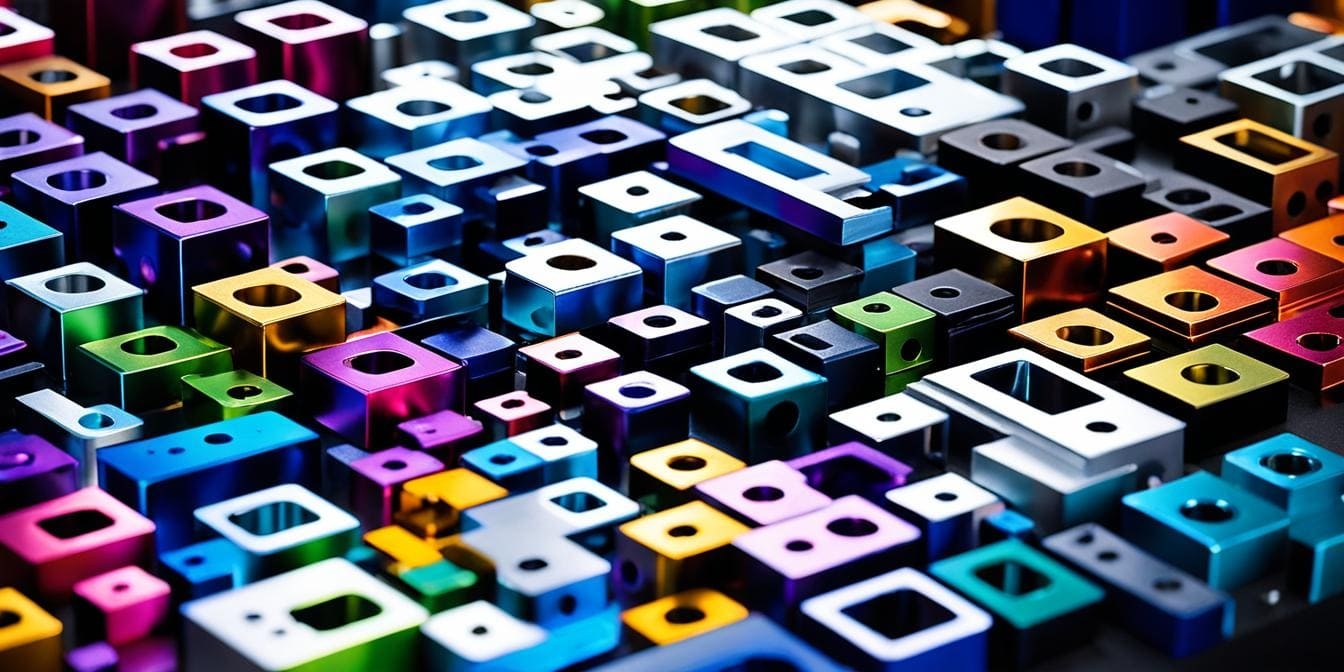One of the processing algorithms XMAKE has been attempting to develop and provide is selective laser melting, a sophisticated metal additive manufacturing technique.
However, the main problems with these 3D printing techniques lie in their difficult-to-understand acronyms and excessively long complete names, which can easily confuse them with other terminology, making it difficult for consumers to distinguish them.
This article aims to provide you with a comprehensive understanding of selective laser melting.
What is Selective Laser Melting (SLM)?
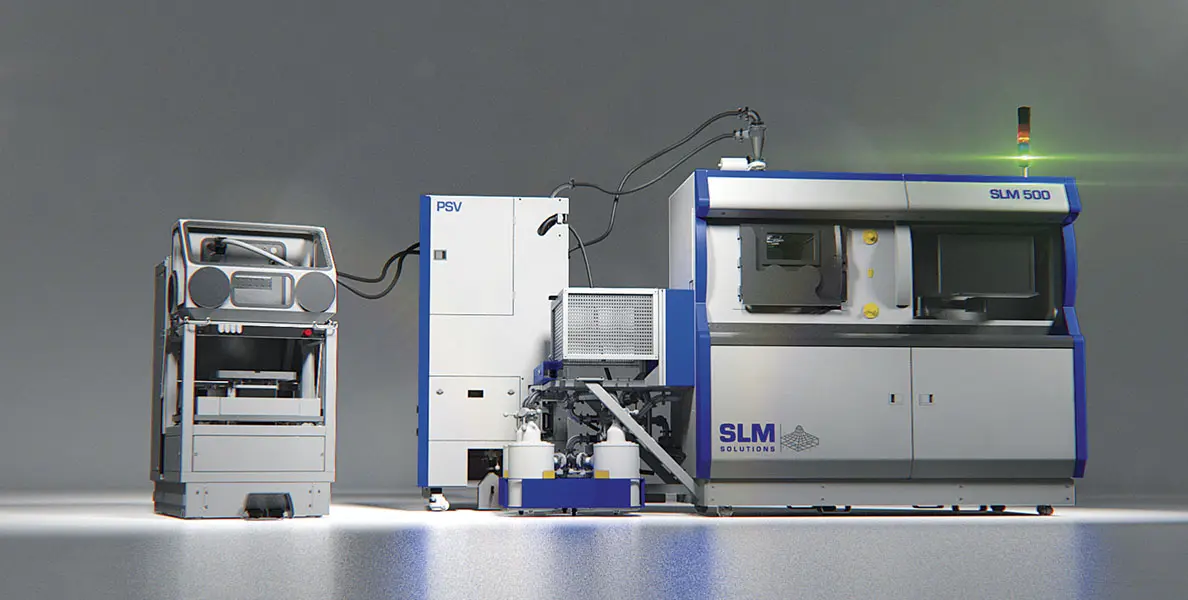
Selective Laser Melting (SLM) is an advanced additive manufacturing technique that enables the creation of complex metal parts layer by layer.
It is a form of 3D printing that utilizes a high-powered laser to selectively melt metallic powders, allowing for the fabrication of intricate geometries that would be difficult or impossible to achieve through traditional manufacturing methods.
How does the SLM 3D Printer work?
- 3D modeling: The printing process starts with a digital 3D model sliced into thin cross-sections.
- Surface Processing: A thin layer of powder is spread across the build platform of the SLM machine, and the laser scans the surface, melting the powder precisely according to the design.
- Add Powder: Once the layer is complete, the platform lowers slightly, and add a new layer of metal powder.
- Duplicate: The process is repeated until the entire part is constructed.
What materials can be used in SLM Metal Additive Manufacturing?
SLM is particularly suitable for metal materials such as:
- Stainless steel
- Titanium alloys
- Aluminum
- Nickel-based superalloys
What are the key advantages of SLM?
SLM offers numerous advantages, including:
- Reduce material waste: SLM minimizes material waste since it uses only the necessary amount of powder, contributing to more sustainable manufacturing practices.
- Create lightweight structures: SLM produces highly intricate designs with excellent mechanical properties, allowing for weight reduction without compromising strength.
- Rapid prototyping capabilities: Enable faster production times, significantly reducing lead times for new product development and potential for customization.
Compare SLS to Other Additive Manufacturing Methods
In this part, let’s see what makes this technology unique from other methods.
Differences between SLM and SLS
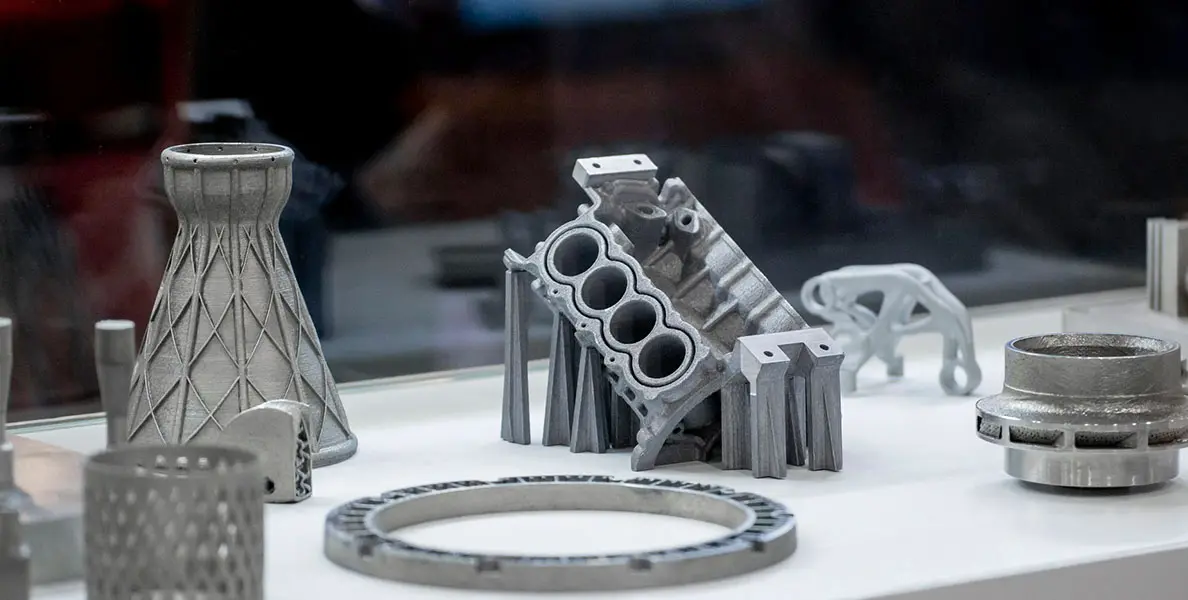
While both 3D printing techniques utilize laser technology to build parts layer by layer, the key distinction lies in their material processing.
The former fully melts the metal powder, resulting in a dense and strong final product, whereas the latter(Selective Laser Sintering) sinks the powder, which may lead to a less dense support structure.
This difference makes SLM particularly suitable for applications requiring high mechanical strength, such as aerospace and medical components.
| Attribution | SLM | SLS |
| Similarity | Both use laser beams to build parts layer by layer | |
| Material Processing |
|
|
| Ultimate Structure |
|
|
Differences between SLM and EBM
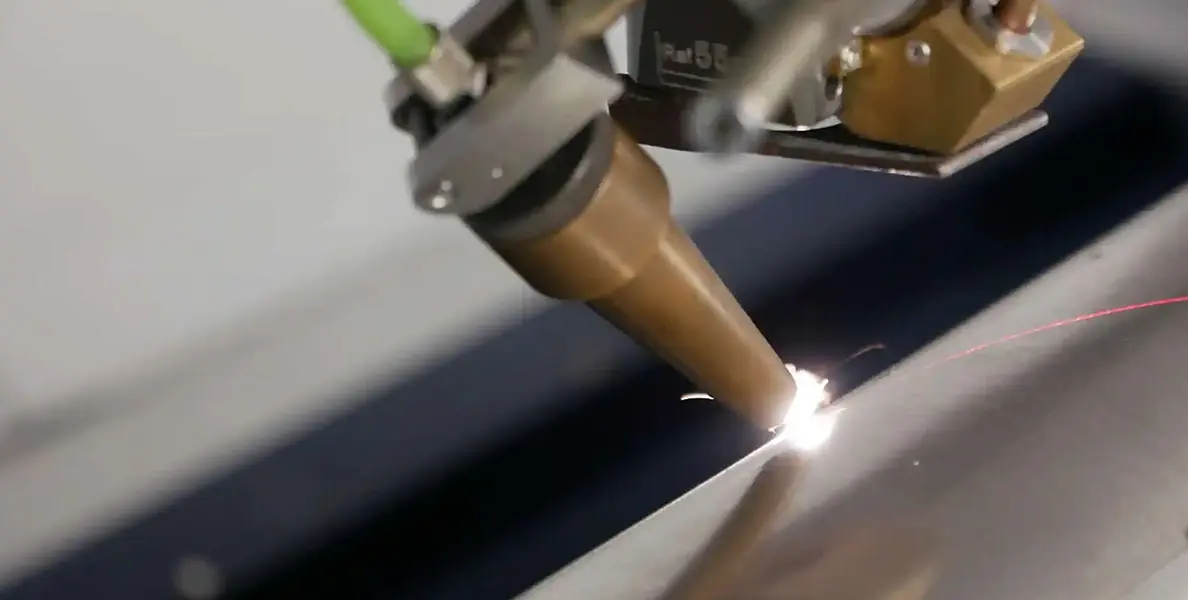
Both methods are used for metal 3D printing, but the former employs a laser as its heat source, while the latter(Electron Beam Melting) uses an electron beam.
This fundamental difference results in variations in processing speeds and temperature control. EBM typically operates in a vacuum environment, allowing for faster layer fusion but limiting the types of materials that can be used compared to SLM, which can process a wider range of metal powder particles.
| Attribution | SLM | EBM |
| Heat Source |
|
|
| Suitable Environment |
|
|
| Layer Fusion Speed |
|
|
| Material Adaptability |
|
|
SLM Compared to Traditional Manufacturing Methods
Unlike subtractive methods that remove material to create parts:
- SLM allows for the production of complex geometries and lightweight structures that would be difficult or impossible to achieve with conventional techniques
- It uses a high-powered laser to melt metal powders
What are the limitations of SLM compared to other techniques?
However, this process does have its limitations compared to other manufacturing technologies.
- Speed: It tends to be slower than processes like Fused Deposition Modeling (FDM), which can produce larger parts faster but with lower resolution.
- Oxidation Concern: It requires a controlled environment to prevent oxidation, necessitating expensive equipment and operational costs.
- Technical Thresholds: The mechanical properties can vary based on the laser settings and powder characteristics, making process optimization crucial but challenging.
What Are the Applications of SLM Printing?
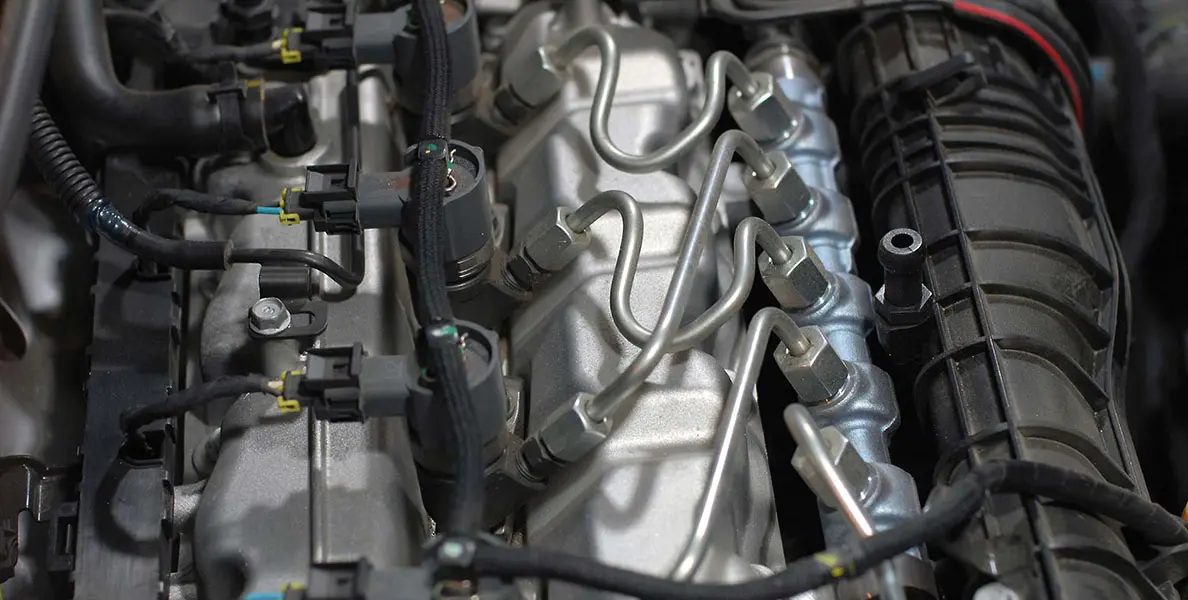
Selective laser melting is widely used in different manufacturing fields.
In Industrial Manufacturing
SLM 3d printing technology is revolutionizing industrial manufacturing by enabling the production of complex geometries that were previously unattainable with traditional methods.
This metal 3d printing technology creates lightweight, high-strength components, optimizing material usage and reducing waste.
In Automotive
In the automotive sector, it is employed to design intricate parts such as:
- Fuel injectors
- Heat exchangers
The ability to rapidly prototype and produce customized components accelerates innovation and reduces time-to-market for new vehicle models.
In Aerospace
The aerospace industry benefits significantly from this technology, as it allows for parts with exceptional structural integrity and minimal weight, crucial for flight applications.
Components can be produced more efficiently, improve fuel economy, and enhance aircraft performance. Some examples include:
- Turbine blades
- Brackets
In medical sector
In medicine, this technology manufactures parts to promote better surgical outcomes:
- Patient-specific implants
- Surgical tools
Customization options enable the creation of prosthetics that perfectly fit individual patients, thus improving comfort and functionality.
What is the Future of Selective Laser Melting Technology?
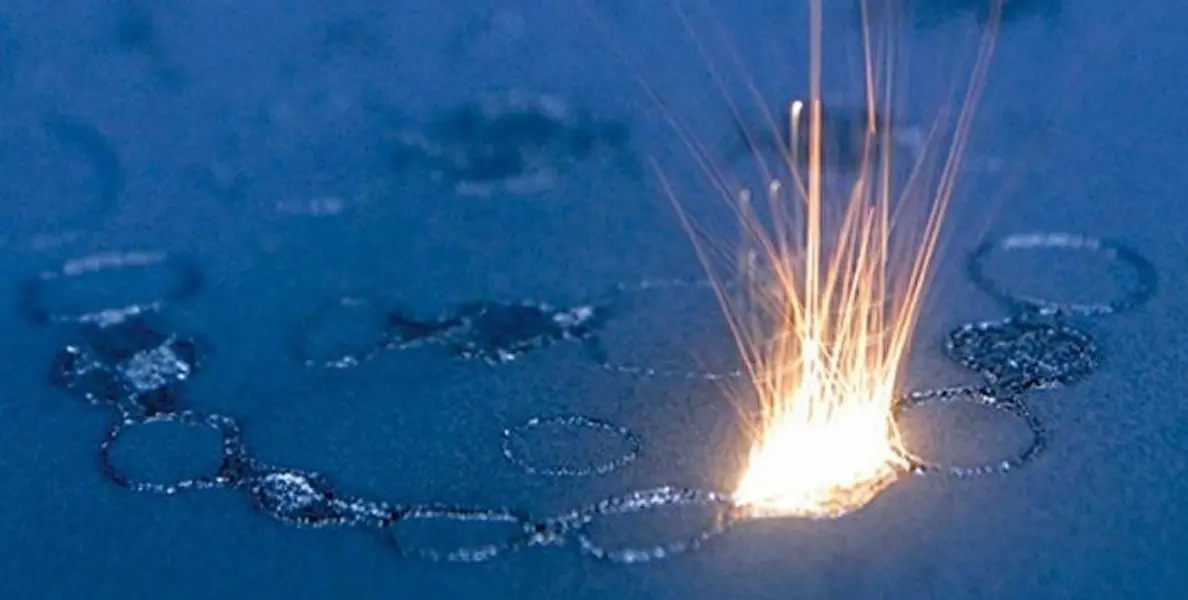
The future of this technology is poised for transformative changes.
How is innovation shaping the future of SLM?
As advancements in materials science and laser technology continue to evolve, SLM 3D printing systems are becoming more efficient and versatile, enabling the production of complex geometries that were previously unattainable.
This evolution opens up new avenues for industries ranging from aerospace to healthcare, where customized solutions are critical.
What upcoming trends should we watch for in SLM technology?
Several upcoming trends we should watch include:
- The integration of artificial intelligence for process optimization
- Enhanced multi-laser systems for faster production rates
- Improvements in post-processing techniques
These trends will:
- Enhance productivity
- Increase the accessibility for small and medium-sized enterprises
How can SLM contribute to sustainability in manufacturing?
By minimizing material waste through precise layering and enabling the use of recycled powders, SLM aligns with the growing demand for environmentally responsible manufacturing practices.
As industries seek to reduce their carbon footprint, this technology presents a viable solution to meet sustainability goals while maintaining high levels of production efficiency.
Conclusion
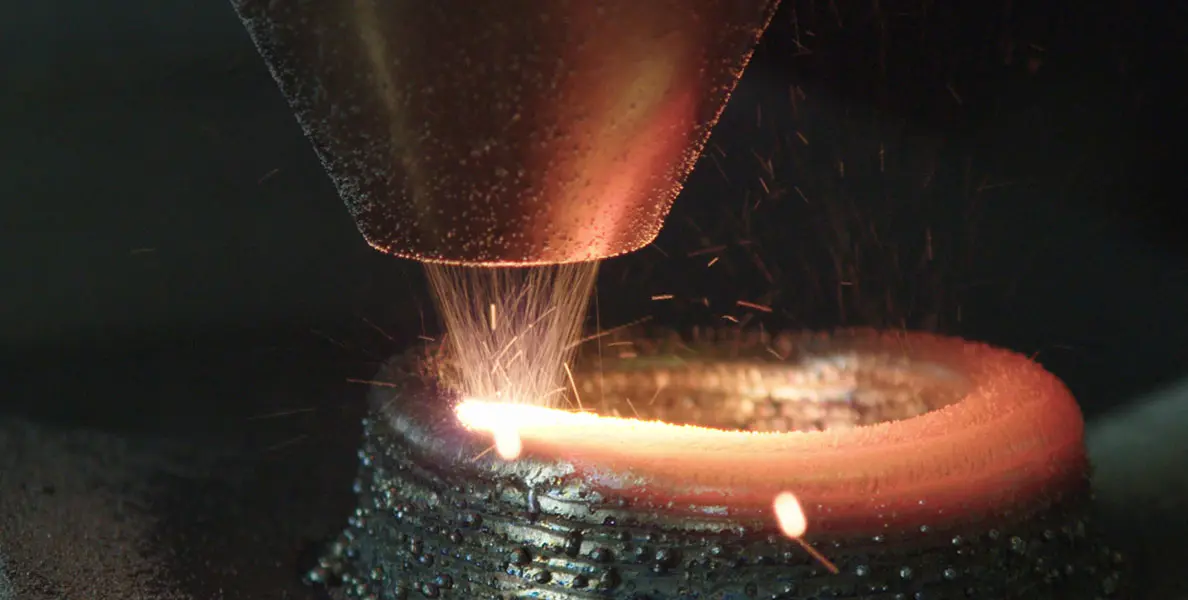
To summarize, selective laser melting is a sophisticated and widely employed manufacturing technique.
The method exhibits high speed, minimizes weight and waste, and generates components with versatile applications across several industries.
We expect this technology to further enhance its efficiency, convenience, and environmental friendliness in the future.
Where Can I Get Great SLM 3D Printing Services?
XMAKE serves excellent SLM services. As a leading digital manufacturing platform, we can handle many different kinds of additive manufacturing processes.
FAQS
Q1: What equipment is needed for the SLM process?
A: The main equipment needed for the process includes SLM printers, which are equipped with powerful lasers, a powder material delivery system, and a build chamber filled with metal powder. These printing machines facilitate the selective melting of the powder to create 3D-printed metal parts.
Q2: What is the role of the melting point in the SLM process?
A: The laser used in the process must reach the melting point of the metal powder to effectively fuse the particles. Proper control of the laser parameters ensures that the powder material is melted sufficiently without causing defects in the 3D-printed metal.
Q3: What safety considerations are there when using SLM technology?
A: Safety considerations for this technology include proper ventilation due to the fine metal powder particles, protective equipment for operators, and adherence to safety protocols to manage the high-energy lasers used in the printing process.
Q4: How does the SLM process affect the properties of the finished metal parts?
A: The process can enhance the mechanical properties of finished metal parts, often resulting in higher strength and density compared to traditionally manufactured components. The rapid cooling and solidification rates can also lead to unique microstructures in the printed metal alloys.
Q5: What advancements are being made in SLM technology?
A: Ongoing advancements in this technology focus on improving printing speeds, enhancing material properties, and developing new powder materials. Innovations such as the SLM 280 printer model are examples of progress in increasing efficiency and capabilities in the field of metal 3D printing.
References
- Comparison of powder rapid prototyping technologies SLM vs EBM.(n.d.). http://www.c-semt.com/industry-news/fen-mo-kuai-su-cheng-xing.html
- Six Advantages of Selective Laser Melting (SLM) Technology. (n.d.). https://www.laserfair.com/yingyong/201801/20/75536.html


